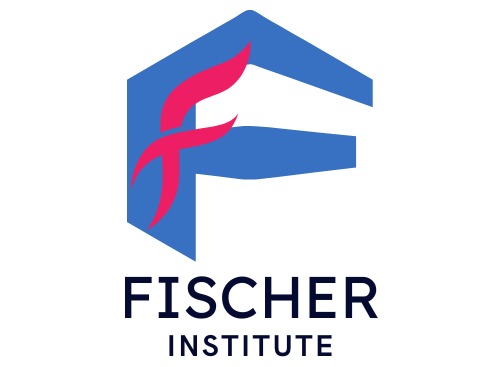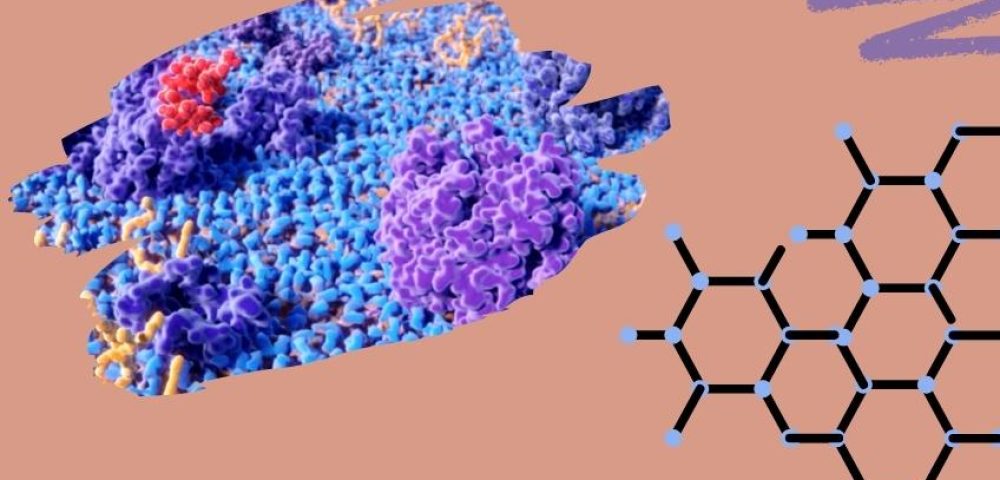Studies suggest synthetic peptides like GHRP-2 and Modified GRF 1-29 have been produced to facilitate growth hormone production, secretion, and control. The combination of these peptides seems to exhibit some synergistic potential. Like the naturally occurring peptide ghrelin, GHRP-2 is a synthetic peptide. Scientists believe the peptide ghrelin, which has 28 amino acids, may control growth hormones, hunger, and wound healing. [i]
Manufactured growth hormone-releasing hormone (GHRH) analogs such as Modified GRF 1-29 (or Mod GRF 1-29) also exist. The peptide has a chain length of 29, like GHRH; however, it has been significantly changed to increase its suggested stability by swapping out four amino acids. The potential of these two peptides to activate pituitary cells and induce the release of growth hormones has been investigated. Research suggests Growth Hormone Release Factor 2 (GHRP-2) appears to have multiple mechanisms of action, including:
- Potentially binding with growth hormone release factor (GRF) receptors
- Potentially acting on calcium channels to stimulate growth hormone release
- Potentially triggering the cAMP pathway and protein kinase C to stimulate growth hormone release. [ii]
Page Contents
GHRP-2 and Modified GRF 1-29 Peptide Blend Research

Growth Hormone
Animal investigations on this family of peptides that may stimulate growth hormone production and release have been conducted several times [iii]. Researchers speculated no significant effect on guinea pigs’ or rabbits’ central nervous systems when the peptides were presented.
The isolated ileum of rabbits suggested an increase in motility rate, whereas the ileum of guinea pigs suggested an increase in muscular contractions. Furuta S. et al. suggest that the peptide “has no serious general pharmacological effects showing GH-releasing activity in the experimental animals.” Research suggests the peptide may potentially identify and help mitigate the effects of severe growth hormone (GH) insufficiency cases. [iii]
Appetite

Seven male test subjects were recruited for an early clinical trial [iv]. Half of the models were given the peptide during the study, and the other half were given a saline solution. All subjects were then given buffet-style meals after the peptide presentation. Findings suggest that each model in the peptide group showed increased hunger compared to their baseline body weight by around 35%.
Additionally, the growth hormone levels of the peptide test subjects seemed to rise dramatically. These findings suggest that increased food consumption and appetite may be a secondary impact of the peptide blend.
Growth Hormone Secretagogues (GHSs)
Focusing on the effects of growth hormone secretagogues (GSHs) and growth hormone-releasing peptides (GHRPs) was central to these clinical studies [v]. The effects of presenting the peptide on the subjects’ physiological responses were studied. These peptides seemed to improve growth rate in younger models, appetite, and lean mass in adult subjects, as suggested by the findings of this investigation.
Scientists hypothesize these peptides may enhance sleep quality, increase lean body mass, and decrease bone turnover in obese test subjects. They suggested that these peptides “may increase lean body mass, reduce fat mass, increase exercise tolerance and maximum oxygen uptake, enhance muscle strength, and improve linear growth.”[v] Clinical research is still preliminary and consumption of any type is strictly prohibited while these peptides remain under scientific investigation.
Hormones
The major goal of one clinical study [vi] was to investigate the effect of peptide presentation on the concentrations of growth hormone, cortisol, prolactin, and adrenocorticotropic hormone (ACTH) in male subjects. Modified growth hormone-releasing factor 1-29 and growth hormone-releasing peptide 2 (GHRP-2) were given to both groups. Findings suggest that while there appeared to be a rise in growth hormone levels in both groups, it seemed much greater in the younger subjects.
The levels of ACTH and cortisol and a little rise in prolactin seemed to be stimulated by these hormones. The findings provided strong speculation that these peptides may possess powerful hormonal secretion properties in both young and old male test subjects. More study is needed to understand its potential applications in science fully.
Impact on Body Composition
GHRP-2 and Modified GRF 1-29, when combined, have shown the potential in impacting body composition. Both peptides, often used as growth hormone secretagogues, can aid in the promotion of lean body mass while simultaneously reducing adipose tissue. Growth hormone-releasing peptide-2 (GHRP-2) is known for its ability to stimulate growth hormone production, which directly influences the development of lean muscle mass.
Modified growth hormone-releasing factor 1-29, on the other hand, works in synergy with GHRP-2, enhancing the natural pulsatile release of growth hormone. This cooperative interaction may result in improved muscle growth, reduction in body fat, and increased bone density. Despite these promising possibilities, it’s essential to consider that research into the blend’s impact on body composition is still ongoing, and much of the evidence currently available stems from preclinical studies.
GHRP-2 and Modified GRF 1-29 Peptide Blend: Implications for Athletic Performance

The combination of GHRP-2 and Modified GRF 1-29 peptides may have significant implications for enhancing athletic performance. Both peptides, when acting in concert, could potentially amplify the body’s natural production of growth hormone, leading to an increase in muscle strength, endurance, and recovery speed. The body’s natural growth hormone is known to aid in the repair and regeneration of muscle tissue, which is crucial for athletes after strenuous physical activities.
The increased metabolic rate resulting from the blend of these peptides could facilitate more efficient energy utilization, providing athletes with an additional edge in their performance. However, it should be noted that while there’s potential for these benefits, conclusive human studies are still needed to fully understand the blend’s implications for athletic performance. Additionally, ethical considerations and sports regulations regarding the use of such substances should always be taken into account.
Summary
GHRP-2 and Modified GRF 1-29 are restricted to usage in research and educational institutes. For licensed researchers seeking high-quality peptides, CorePeptides is a reputable source. Compounds used in scientific research should never be used outside of a laboratory, and these peptides are not approved for human consumption or use.
Also Read:
- What Are the Duties and Responsibilities of a…
- Cabbage Juice for Ulcers and Gastritis - Healing Your Gut
- Fruit That Starts With N - Tasty and Nutritious Delights
- Fruit That Starts With v - Rare and Delicious
- Can You Freeze Liver - Long-Term Storage and Convenience
- Can You Freeze Stewed Apples - Keep Your Fruit Fresh…















